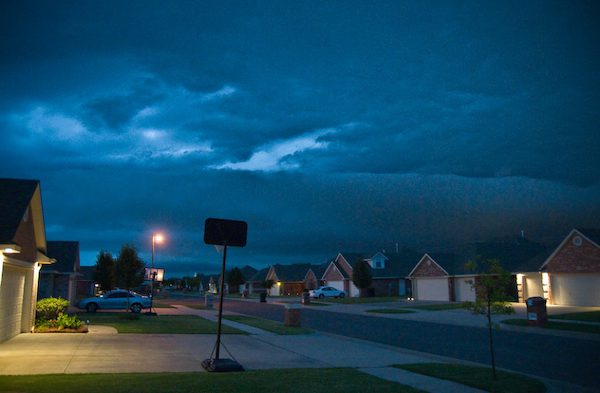
There has been sizable growth in the population of mixed-race couples and their multiracial children in recent decades. Research indicates that these families tend to prefer living in racially and ethnically diverse neighborhoods that are relatively affluent. The neighborhood preferences of mixed-race couples with children appear to be largely driven by a desire for their children to live in an area that accepts their children’s multiracial identity while providing them safety and amenities.
However, there is a problem that these families face in finding diverse, higher income neighborhoods –there are not many of them. Indeed, scholars highlight that diverse neighborhoods tend to be lower income. This implies that some mixed-race couples with children encounter trade-offs between diversity and affluence when they are searching for a home in a new neighborhood.
Where these diverse families ultimately choose to live has a number of important consequences. If mixed-race couples with children lean more toward moving to diverse neighborhoods, they can bolster already increasing levels of neighborhood diversity.
In turn, this might lower stubbornly high levels of racial residential segregation. However, when these families lean more toward moving to diverse neighborhoods, they often sacrifice the amenities that higher income areas have, like well-performing schools and lower levels of crime and dangerous pollutants.
Clearly, the trade-off between these two types of neighborhoods—one diverse, the other higher income—might be less acute for families with greater economic resources. Mixed-race couples with greater economic resources can use those resources to select a neighborhood that is both diverse and higher income, while the neighborhood options of lower income mixed-race couples with children are more limited.
For those families without sufficient resources, the dream of living in a diverse, higher income neighborhood is weighed down by the reality of affordability and availability.
To explore the tensions that mixed-race couples with children in the United States face when choosing a home in a new neighborhood, we use data from the longest running longitudinal survey of families called the Panel Study of Income Dynamics.
Our findings, published in Demography, highlight that, overall, mixed-race couples with children are more likely to choose a diverse neighborhood than monoracial white couples with children when accounting for the draw of higher income areas. And those mixed-race couples with one black partner appear especially likely to choose diverse spaces. This aligns with prior research showing that black individuals are most likely to state that they prefer living in diverse neighborhoods.
The fact that mixed-race couples with children are more apt to reside in diverse neighborhoods even when accounting for the pull of higher income neighborhoods also aligns with two other findings from past research. In her interviews with black-white couples, Dalmage finds that many of these couples feel “scared or uncomfortable” in predominantly white neighborhoods.
Dalmage also finds that some black-white couples fear that their children might be harmed. Moran’s interviews with black-white couples find a positive reason for their preference for living in diverse neighborhoods—they think that diverse neighborhoods are a place that their children can gain an “enhanced understanding of their unique racial heritage.”
We also find that the neighborhoods mixed-race couples with children select is strongly determined by their economic resources. Affluent mixed-race couples with children seem to have access to diverse neighborhoods that are also relatively affluent.
This finding goes against traditional notions of neighborhood assimilation. Scholars typically assert that higher income neighborhoods are also those with more whites and that all households are striving to move to those neighborhoods.
However, the housing market has changed in important ways. Although diverse, higher income neighborhoods are relatively rare, there are now a greater number of these areas. This has allowed affluent mixed-race couples to satisfy their preference to reside in spaces that are both cosmopolitan and prosperous.
Thus, scholars studying neighborhood choice should be cautious in assuming that mixed-race families are likely to move to predominantly white neighborhoods to access high quality resources.
Less affluent mixed-race couples are often unable to access neighborhoods that are both diverse and affluent. They choose less diverse neighborhoods that are higher in income that likely have desirable amenities and safe conditions.
It is important to recognize the challenges that nonaffluent mixed-race families experience in their search for housing. Those families who desire diverse, higher income neighborhoods are potentially frustrated. They’re left having to live in areas that might not be as inclusive as they desire.
To address this issue, policy efforts are needed to focus on the development of affordable racially and ethnically diverse neighborhoods that have quality housing. One pathway to this goal would be to increase affordable multifamily housing options in diverse, higher income neighborhoods so lower income mixed-race families that desire to live in these types of spaces have a greater chance of fulfilling their dreams.
Read more
Ryan Gabriel and Amy Spring. “Neighborhood Diversity, Neighborhood Affluence: An Analysis of the Neighborhood Destination Choices of Mixed-Race Couples with Children,” Demography 2019.
Image: Ryan Whitaker via Flickr (CC BY 2.0)

No Comments